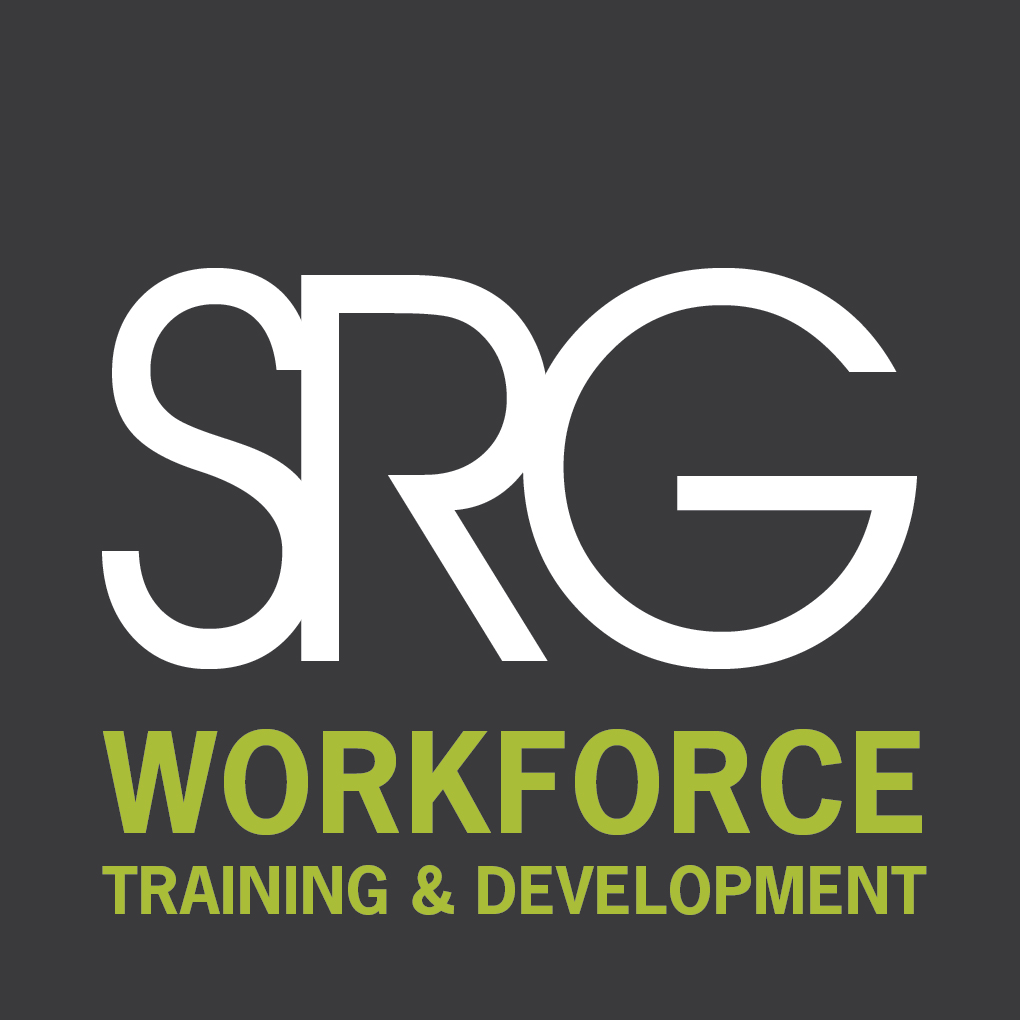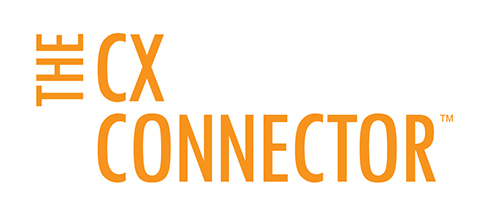
Customer Service is King
Why a customer care program is vital to growing your business
by Sean Hemraj – Director – Workforce Planning & Development, SRG
What immediately comes to mind when you hear the term “customer service”? Most likely, it’s a recollection of the last time you received subpar service – possibly from in a restaurant when you were seated late, or the food took too long to make it out of the kitchen. This illustrates the importance of good customer service. Your clients will occasionally recall when you have exceeded expectations, but they will always remember the details of when you didn’t.
It is a proven fact that when provided with good customer service, businesses grow and thrive. In fact, research has shown that 7 out of 10 consumers were willing to spend more with businesses where they believed they would receive a good customer service experience. But what is the real cost of bad customer service? The answer to this question, and the degree to which your business is affected, will depend on what industry your business resides. Rest assured that no matter what industry you work in, there is no good result that incorporates bad customer service.
7 out of 10 consumers are willing to spend more where they believe they’ll receive good customer service.
In basic retail, where the average cost of items being sold are relatively low, consumers tend to be more forgiving when it comes to relaxed customer service. Since the transaction time is short on most sales, the vendor is not required to invest much into developing a relationship with the consumer in order to generate an environment conducive to producing a sale. Combine this consideration with the low level of risk on the consumer’s behalf, based on the low cost of the item being purchased, and you have a system that does not need to revolve around a high degree of customer considerations.
However, in a complex sale, as the cost of the product or service increases, in addition to the timelines associated in the sales cycle, customer service takes on a new meaning entirely. During these intricate transactions, the consumer requires a higher level of attention from the vendor that should be considered more than simple customer service and more akin to customer care. This is due to the increased level of risk on the part of the consumer and time invested to earn that business is elongated dramatically. This especially rings true for businesses that deal in high end services. Consider, on average, that loyal customers are worth up to 10 times as much as their first purchase, further emphasizing the need to develop long term customer care protocols to fully reap the benefits of the relationship.
Needless to say, if your organization is in the service industry, the level of customer service provided needs to transcend mere formality and routine. Your clients are looking to be “pampered on bended knee”, which gives a number of options for your organization to embellish upon. Keep in mind that 70% of a buying experience is comprised of how the customer feels they are being treated. Spas and luxury hotels are very good at building their clientele entirely around an experience and will often outsource the composition of their service packages to specialists that are exclusive to the industry. With the right service offerings, service organizations can quickly gain high end clientele. However, a higher end clientele can be very fickle with their loyalty and tend to drift if service dips in the slightest.
Loyal customers are worth up to 10 times as much as their first purchase.
As a means to manage your customer service and tender robust customer care, successful businesses are now keen to develop feedback mechanisms that gather meta data. With the appropriate sample size, this data can then be used to generate reports for evaluation at scheduled service reviews. This method ensures communication is opened and issues are aired regularly to prevent significant service break downs. This type of maintenance system also, and most importantly, places the client on the front lines of the discussion where they play an active role in proactive problem identification thereby strengthening rapport while further dialing in service quality.
In the end, no matter the industry in which your organization resides, customer service will remain an aspect of business that needs to be maintained. Given the appropriate attention, it will often provide dividends that lead to a thriving business. Left unattended it will quickly sink an organization’s reputation, which can be impossible to repair.


As part of The Workforce Maximizer™, The CX (Client Experience) CONNECTOR™ is achieved by collaborating with you to determine seasonal production demands, identify workforce gaps, source key skill sets and experience and focus on sustainable performance to support the growth of your organization. Utilizing customized reporting and strategic service meetings, we track and review performance indicators with you to ensure continued workforce engagement and contribution to your organization.
For more information on SRG’s workforce training and development services, contact your local SRG office.

